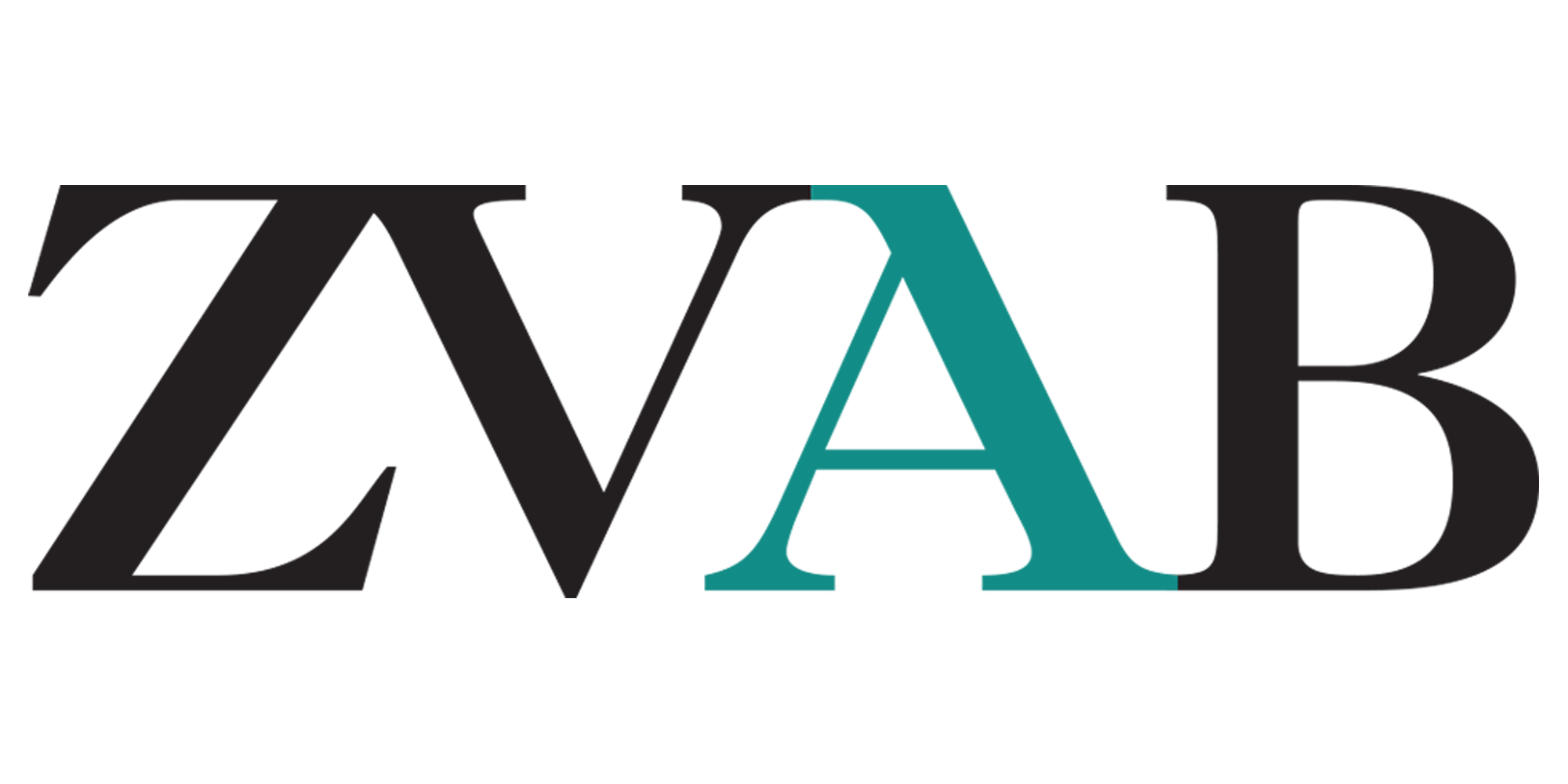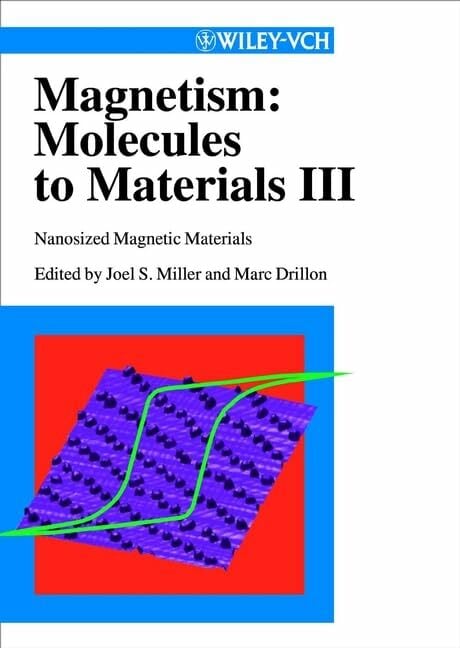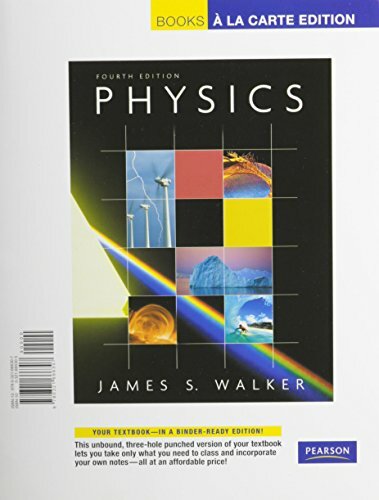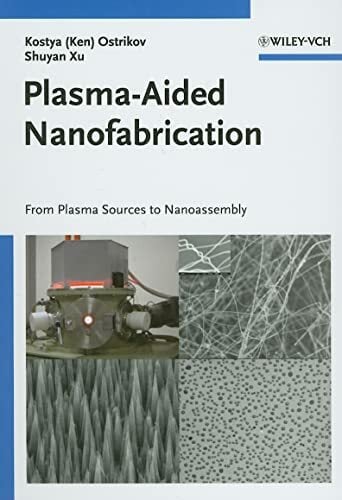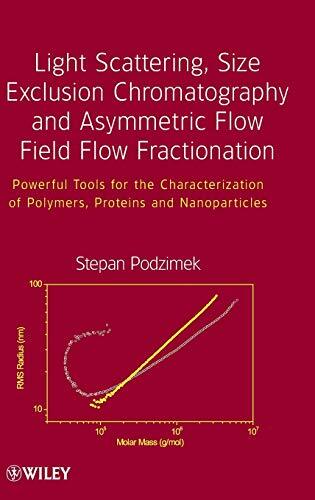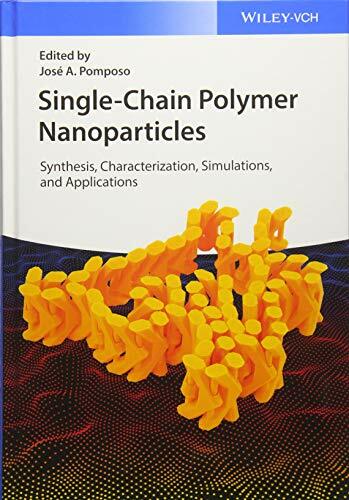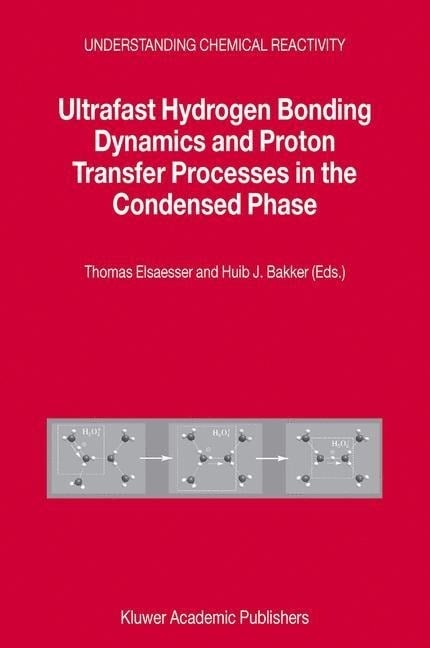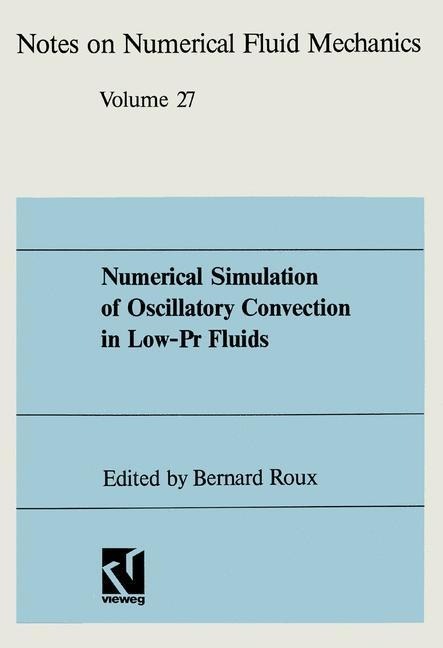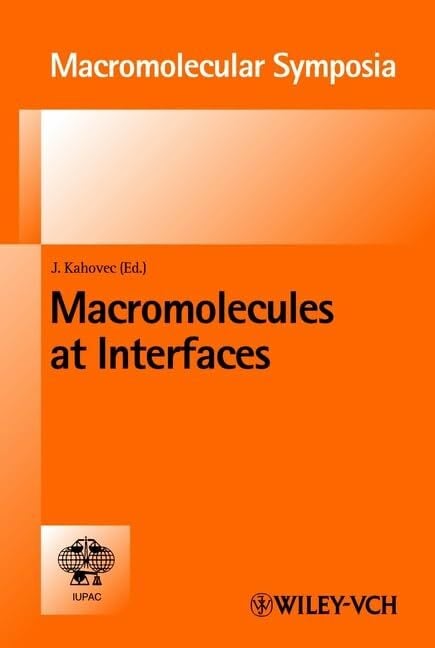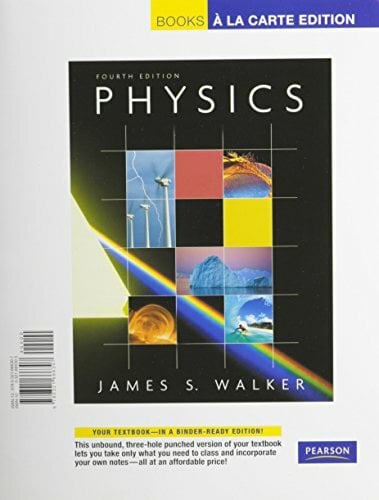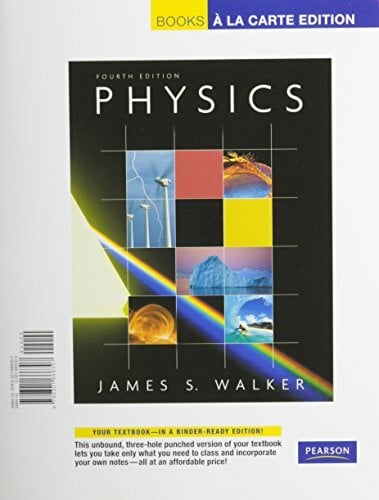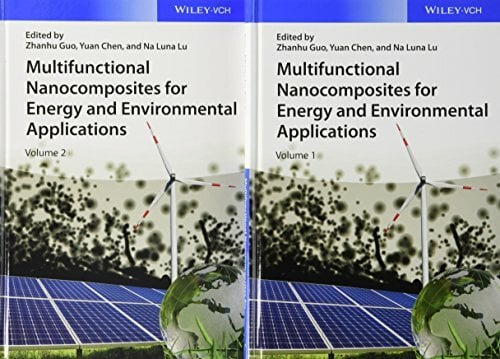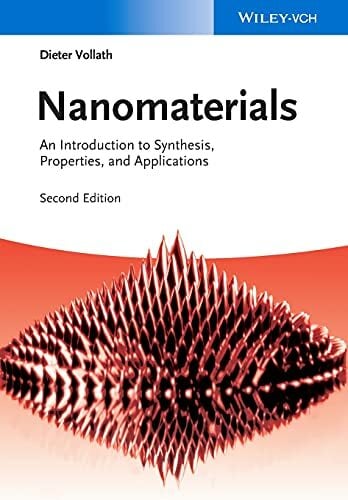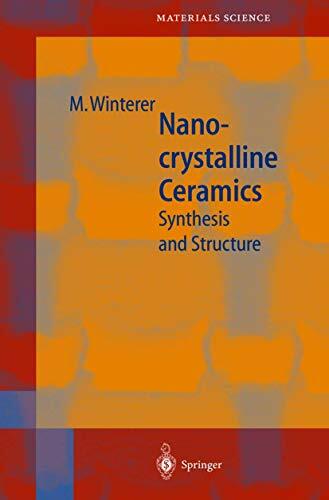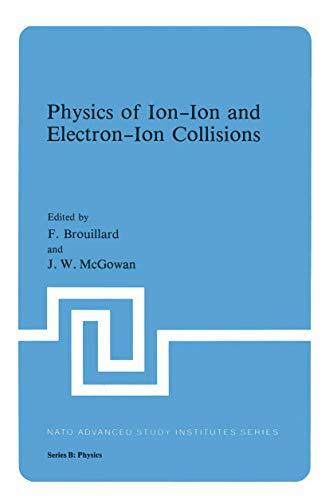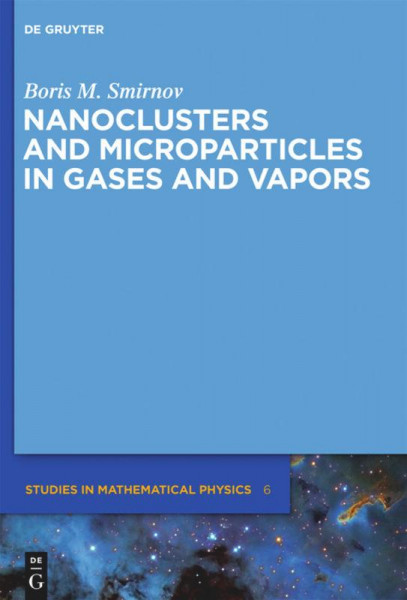
Nanoclusters and Microparticles in Gases and Vapors
Kurzinformation
inkl. MwSt. Versandinformationen
Artikel zZt. nicht lieferbar
Artikel zZt. nicht lieferbar

Beschreibung
Various nanoclusters and microparticles are considered in excited and ionized gases, as well as various processes with their participation. The concepts of these processes were developed 50 - 100 years ago mostly for dense media, and basing on these concepts, we analyze these processes in gases in two opposite regimes, so that in the kinetic regime surrounding atoms of a buffer gas do not partake in processesinvolving small particles, and the diffusion regime corresponds to a dense gas where interaction of small particles with a buffer gas subjects to laws of hydrodynamics. For calculation or estimation of the rates of these processes, we are based on the liquid drop model for small particles which was introduced in physics by N. Bohr about 80 years ago for the analysis of properties of atomic nuclei including the nuclear fusion and the hard sphere model (or the model of billiard balls) which was used by J. C. Maxwell 150 years ago and helped to create the kinetic theory of gases. These models along with the analysis of their accuracy allow one to study various processes, such as transport processes in gases involving small particles, charging of small particles in gases, chemical processes, atom attachment and quenching of excited atomic particles on the surface of a small particle, nucleation processes for small particles including coagulation, coalescence and growth of fractal aggregates, chain aggregates, fractal fibres and aerogels. Each analysis is finished by analytic formulas or simple models which allow us to calculate the rate of a certain real process with a known accuracy or to estimate this, and criteria of validity are given for these expressions obtained. Examples of real objects and processes involving small particles are analyzed. von Smirnov, Boris M.
Produktdetails

So garantieren wir Dir zu jeder Zeit Premiumqualität.
Über den Autor
Boris M. Smirnov, Joint Institute for High Temperatures of Russian Academy of Sciences, Russia.
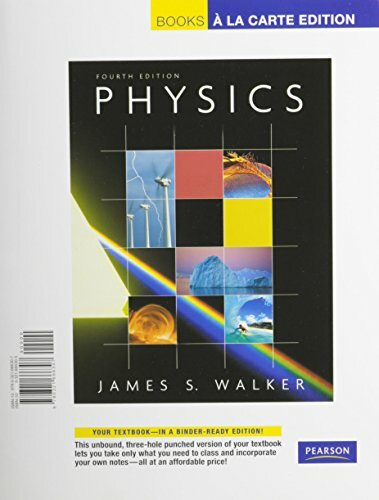
- Gebunden
- 872 Seiten
- Erschienen 2012
- Wiley-VCH
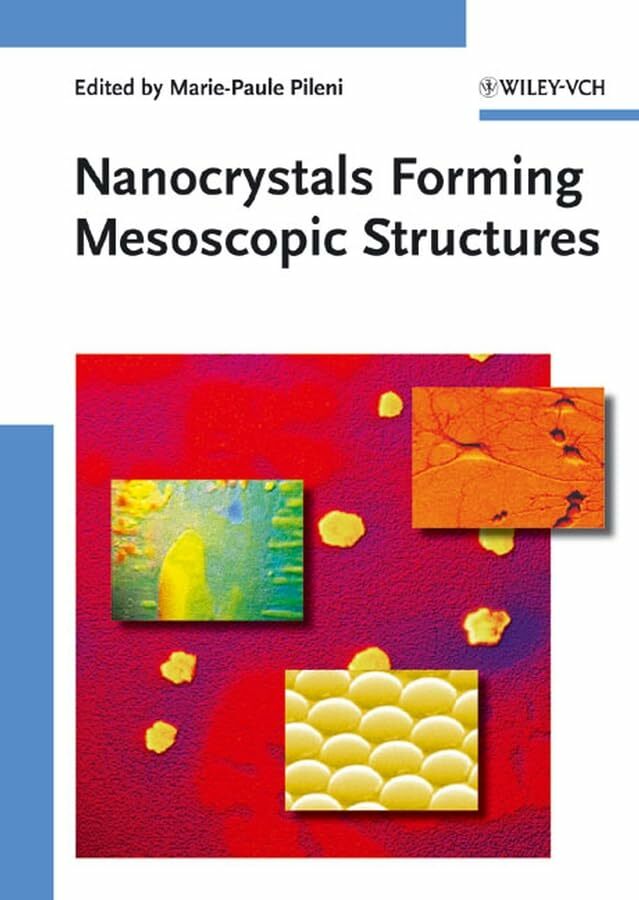
- Gebunden
- 330 Seiten
- Erschienen 2005
- Wiley-VCH
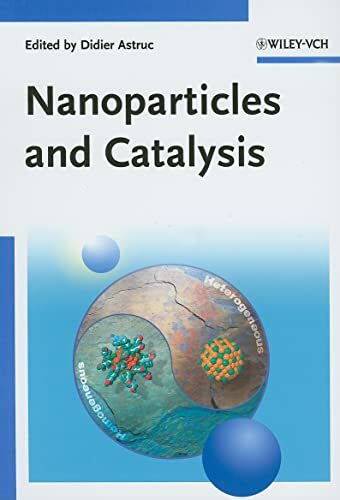
- Gebunden
- 663 Seiten
- Erschienen 2007
- Wiley-VCH
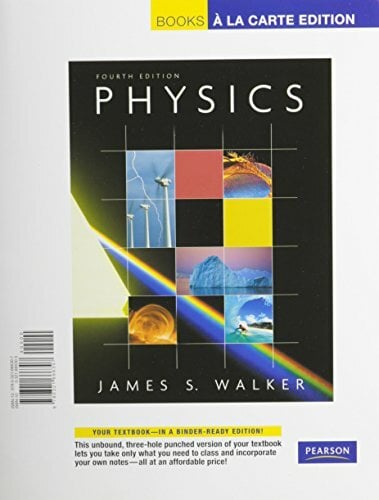
- Gebunden
- 406 Seiten
- Erschienen 2012
- Wiley-VCH

- hardcover
- 280 Seiten
- Erschienen 2008
- Wiley-Interscience

- Gebunden
- 300 Seiten
- Erschienen 2016
- Wiley-VCH
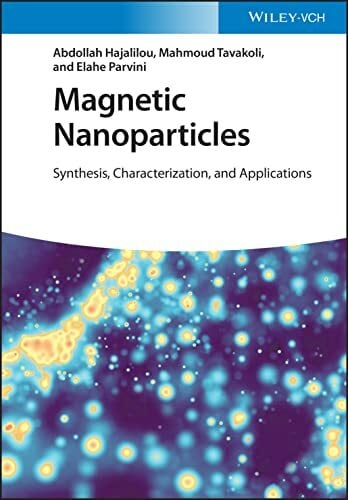
- Gebunden
- 330 Seiten
- Erschienen 2022
- Wiley-VCH
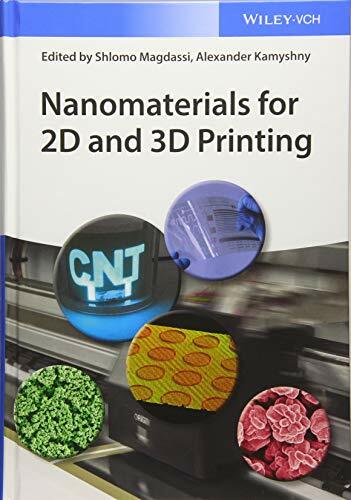
- Gebunden
- 376 Seiten
- Erschienen 2017
- Wiley-VCH
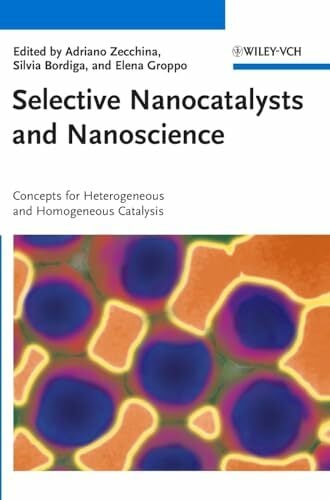
- Gebunden
- 332 Seiten
- Erschienen 2011
- Wiley-VCH
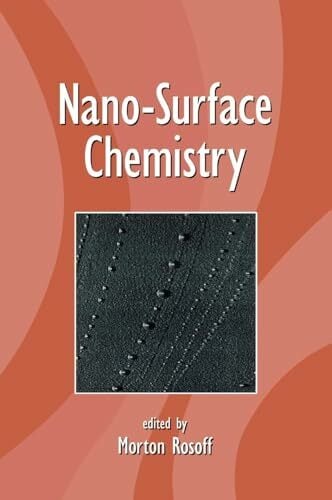
- hardcover
- 696 Seiten
- Erschienen 2001
- CRC Press
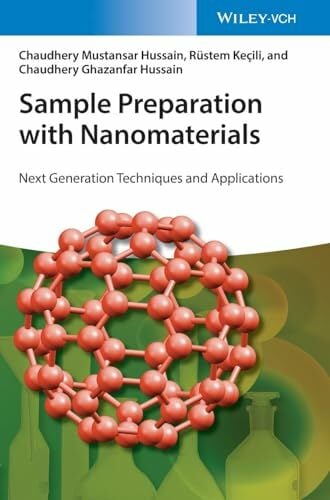
- Gebunden
- 294 Seiten
- Erschienen 2021
- Wiley-VCH

- Gebunden
- 309 Seiten
- Erschienen 2016
- Wiley-VCH

- hardcover
- 1190 Seiten
- Erschienen 2017
- Wiley-VCH

- Gebunden
- 496 Seiten
- Erschienen 2013
- Wiley-VCH

- hardcover
- 456 Seiten
- Erschienen 2016
- Wiley-VCH
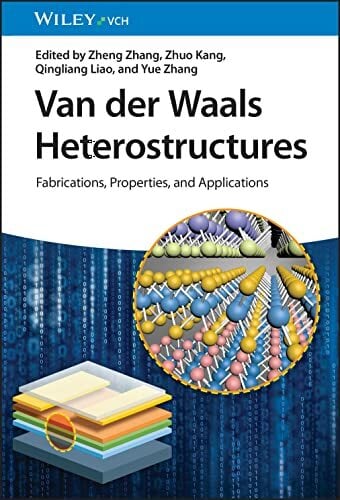
- Gebunden
- 323 Seiten
- Erschienen 2023
- Wiley-VCH

- Hardcover -
- Erschienen 2008
- Wiley-VCH
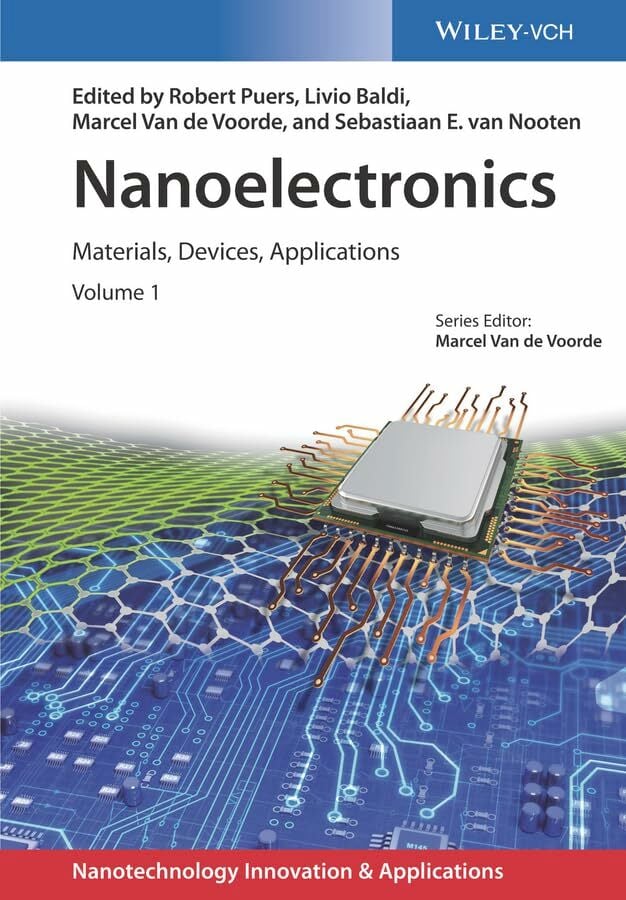
- Gebunden
- 742 Seiten
- Erschienen 2017
- Wiley-VCH
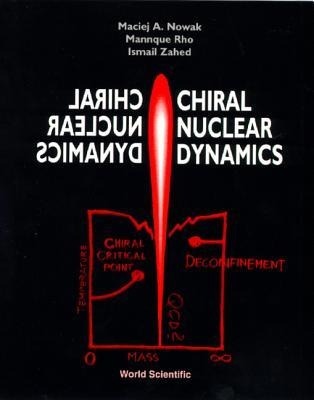
- Hardcover
- 552 Seiten
- Erschienen 1996
- WORLD SCIENTIFIC PUB CO INC

- hardcover
- 544 Seiten
- Erschienen 2007
- Mcgraw Hill Book Co
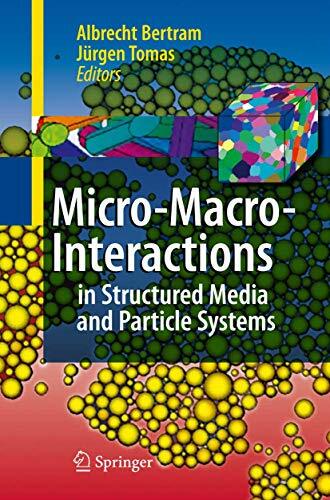
- Gebunden
- 312 Seiten
- Erschienen 2008
- Springer
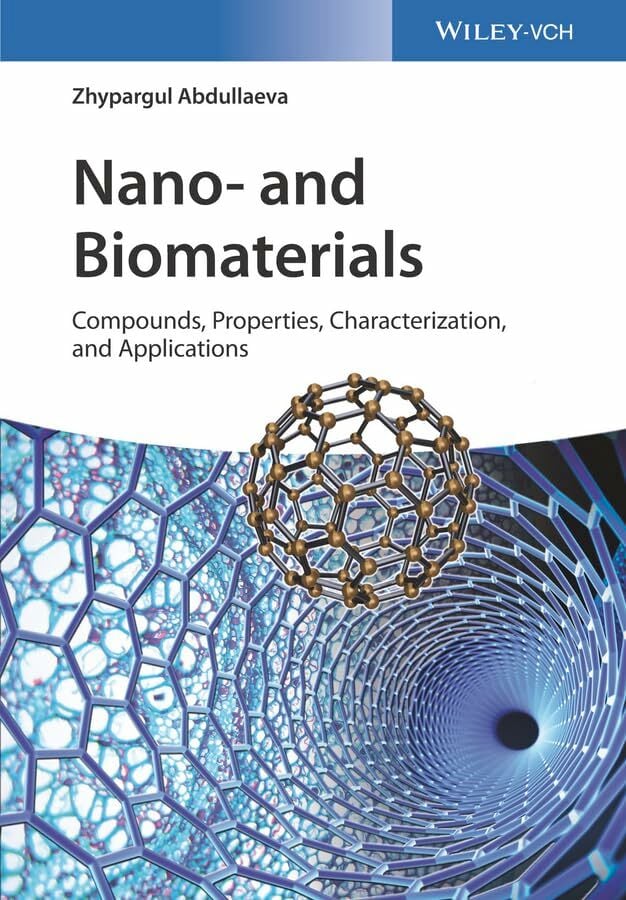
- Gebunden
- 288 Seiten
- Erschienen 2017
- Wiley-VCH





